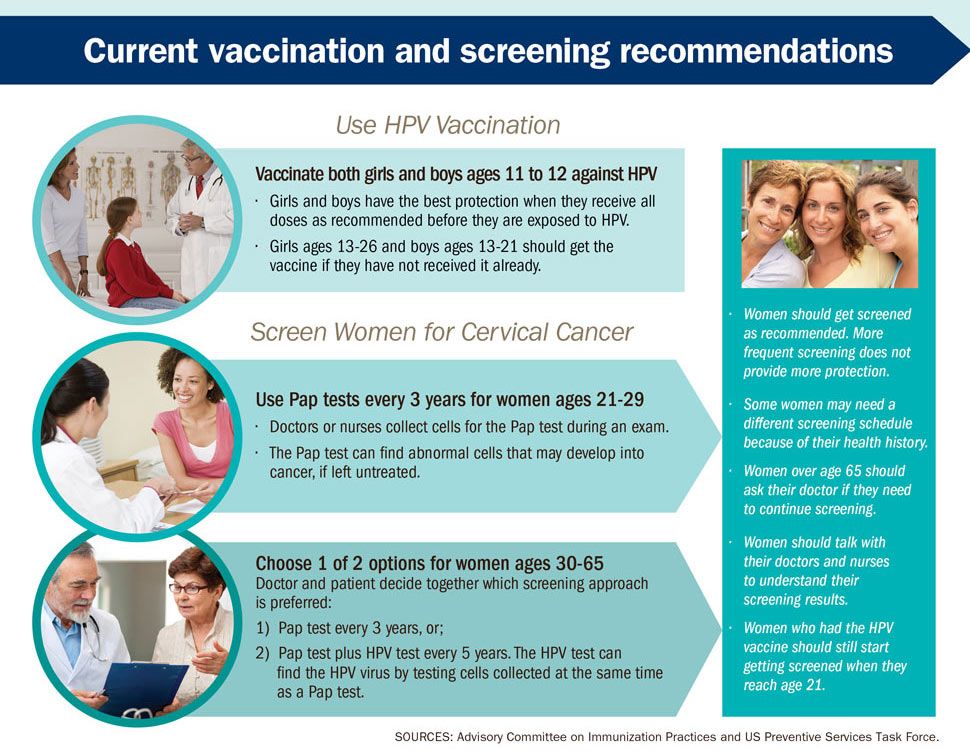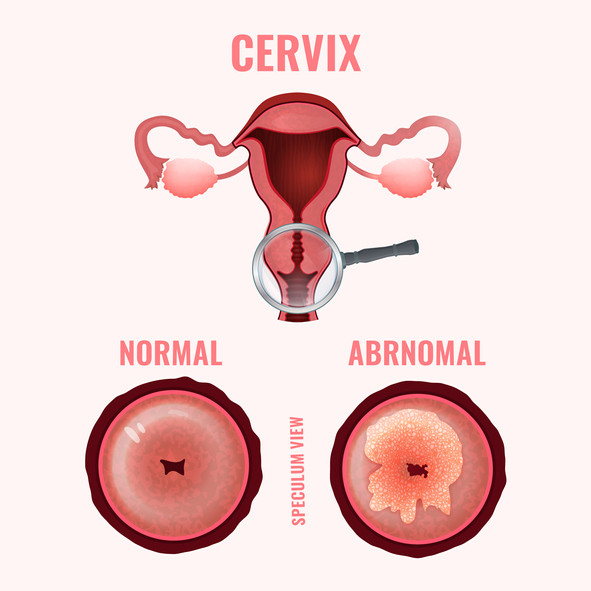Carolyn Quist answered 35 years experience Gynecology Slow. There can be a long interval between being infected with HPV the development of abnormal cells on the cervix and the development of cervical cancer.
 How Long Does It Take For Cervical Cancer To Develop Public Health
How Long Does It Take For Cervical Cancer To Develop Public Health
Every year an estimated 13800 cases of cervical cancer are diagnosed in the United States.

How long does cervical cancer take to develop. As cancer cells form cells of abnormal size and shape appear on the surface of the cervix and begin to multiply. Some but not all women with high-grade abnormalities on the cervix will develop cervical cancer if they are not treated. In general it takes 10-12 years for cervical cancer to grow.
There are cases where initial symptoms occur in women in their 20s and 30s but the cancer itself is detected normally when the woman is in her 50s because of the slow progression of the disease. Similarly when high-risk HPV lingers and infects the cells of the vulva vagina penis or anus it can cause cell changes called precancers. Cervical cancer usually develops over 10 or more years.
In the early stages cell changes that occur before cancer is detected are called dysplasia or. Cervical cancer is most frequently diagnosed in women between the ages of 35 and 55. Bleeding from the vagina that is not from your period Spotting or discharge from the vagina Pain during sex.
The cancer begins as an epithelial lesion in the cervix and after a year or two becomes a tumor if left untreated. While solid tumors are a feature of many types of cancer. For instance prostate cancer that has spread to the liver is still prostate cancer not liver cancer and treatment will reflect that.
Type of cancer How its typically detected and diagnosed. Risk factors for HPV persistence and development of cervical cancer HPV type its oncogenicity or cancer-causing strength. The doctor will ask you questions about your health and do a physical and pelvic exam.
In fact once cells in the cervix begin to undergo abnormal changes it can take several years for the cells to grow into invasive cervical cancer. Research has found that it can take 10 to 20 years or even longer for HPV-infected cervical cells to develop into a cancerous tumor. The early cell changes that occur before cancer is present are called dysplasia or cervical intraepithelial neoplasia CIN.
It can take only 5 to 10 years in women with weakened immune systems such as those with untreated HIV infection. Cervical cancer is the 2nd most common cause of cancer death in developing nations with 84 of all cervical cancer cases occurring in Africa Latin American and Caribbean underdeveloped areas. Among women whose cervical cells are infected with high-risk HPV several factors increase the chance that the infection will.
When cancer originates in one or both testes a man can go a long. The median age of CIN 3 is 34 yo and the median age of cervical cancer is 44 yo suggesting that on average it takes 10 years for that last step with a range of 4-20. It takes several years for cervical cancer to develop.
HPV infection being very common but cervical cancer relatively uncommon suggests that only a very small proportion of women are vulnerable to the effects of an HPV infection. But after 2200 days six years there would be 1638400 cancer cells in the tumor BUT after only another 600 days 16 years thered be 104857600 cells. Many women experience precancerous changes in the cervix in their 20s and 30s though the average woman with cervical cancer is diagnosed in her 50s.
It takes many years for cervical cancer to develop and spread. It usually takes many years for cancer of the cervix to develop but the process also can take place in less than 12 months. During this time the cells on or around the cervix become abnormal.
The progression from HPV infection to developing CIN or CGIN and then cervical cancer is very slow often taking 10 to 20 years. It is fairly rare in the United States. It takes 15 to 20 years for cervical cancer to develop in women with normal immune systems.
The process of pre-cancerous cells developing into cancer often takes years. There appear to be additional risk factors. Sometimes pap smears to miss precancerous changes and certain hpv viruses are fairly aggressive that is why it is recommended to go no longer than 3 years apart on pap smears.
Find out more about cervical screening results. It would take 800 days to grow to 100 cells far too small for detection let alone symptoms. If signs are pointing to cervical cancer more tests will be done.
Some signs of cervical cancer are. About 10 of women with HPV infection on their cervix will develop long-lasting HPV infections that put them at risk for cervical cancer. Its uncommon for cervical cancer to be diagnosed in women under age 20 while about 20 percent of cases are diagnosed in women older than 65.
Schink adds Some will progress to CIN 3 or cancer but it takes many years.
